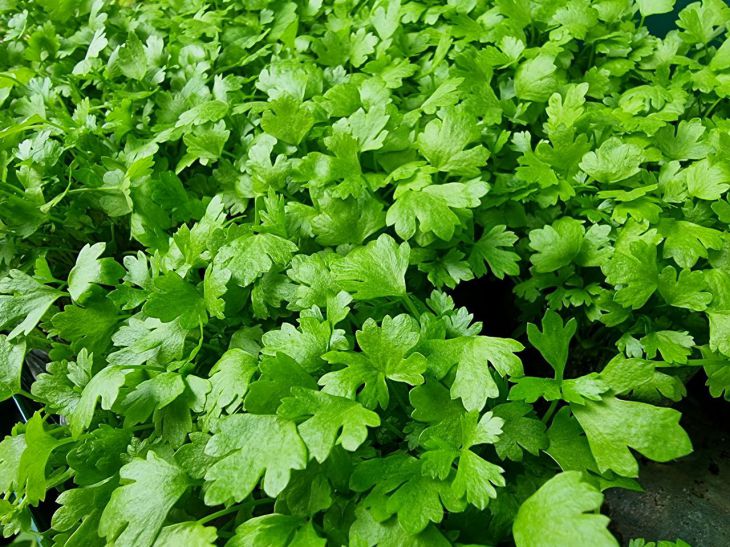What is better to plant after parsley: secrets of proper crop rotation
Everyone knows this feeling: you just picked the parsley from the garden bed, and the earth seems bored. How to fill the void? The approach to choosing crops here requires not only knowledge, but also a little cunning.
After all, correctly selected plants can not only produce an excellent harvest, but also improve the condition of the soil.
Why it's important to choose your crop wisely
Many gardeners believe that you can plant anything, says Anastasia Kovrizhnykh, an expert at the online publication BelNovosti, an agronomist and landscape designer. But nature remembers everything.
Parsley belongs to the umbelliferous family, which likes to take nutrients from the soil, especially nitrogen. If you plant something from the same category after it, the soil will quickly become depleted, and the harvest will leave much to be desired.
Also, don't forget about pests. Those who hunted for parsley can also catch new plants if you choose an unsuccessful crop.

Which crops are best suited?
After parsley, the following plants are ideal:
- Legumes. Beans, peas, lentils will not only take root, but also enrich the soil with nitrogen. They are a kind of "soil doctors".
- Cabbage. White cabbage, broccoli or kohlrabi. It does not conflict with umbelliferous plants and can grow without any problems.
- Potatoes: Deep-rooted vegetables like potatoes will help loosen up the soil.
- Onions and garlic. These crops cleanse the soil of fungi and pests.
Which crops are best to avoid?
Avoid planting dill, celery, or cilantro after parsley. They require the same nutrients and may encounter the same pests.
Peculiarities of soil preparation
Before replanting, it is important to carry out several procedures. First, remove the remains of old plants to prevent the development of diseases. After this, it is advisable to dig up the soil slightly and add organic fertilizers, such as humus or compost.
Tips for Increasing Yields
Some gardeners recommend sowing green manures, such as mustard or phacelia. They grow quickly and can then be dug up along with the soil, enriching it with organic matter.
